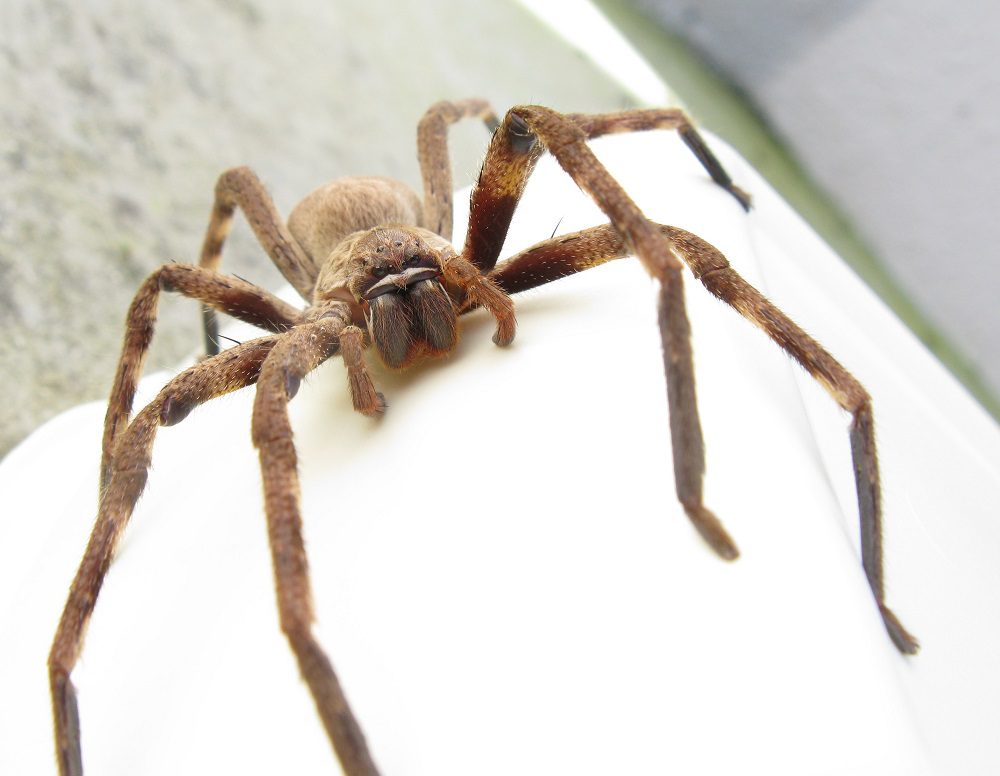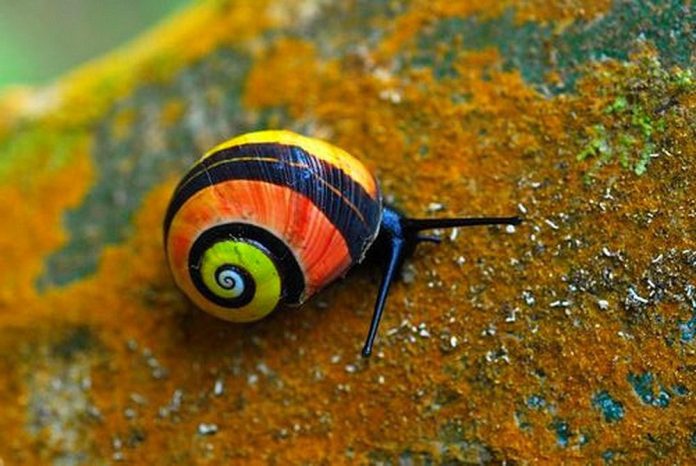
Introduction
Polymita picta, or their most well-known names, are the Cuban land snail or the painted snail. It is a large, air-breathing land snail species, an earthly, freshwater, gastropod mollusc in the species of Helminthoglyptidae.
5 Cuban Land Snail Facts
- The Cuban land snail, Polymita picta, is one of five nominees for the 2022 Mollusk of the Year contest promoted by the LOEWE Center for Translational Genomics of Biodiversity in Germany.
- The Cuban-painted snail is known for its variation in shell color and its “enigmatic love dart” used in mating.
- Its current range has decreased by 6.35%, and it has a maximum diameter of 22-30 mm.
- Cuba is one of the richest places in the world for malacological fauna, particularly in land snails, with a high degree of endemism.
- Cuba is home to other highly charismatic species of land snails, including those in the genus Polymita and Liguus.
Classification of Cuban Land Snail
- Scientific Species Name: Polymita picta
- Genus: Polymita
- Class: Gastropoda
- Family: Helminthoglyptidae
- Order: Stylommatophora
- Subphylum: Pulmonata
- Phylum: Mollusca
- Kingdom: Animalia
Painted Snail Distribution and Habitat
This snail is endemic to Cuba. These tree-living molluscs live chiefly in coastal habitats in the subtropical woodland, with a liking for certain tree types, including Chrysobalanus icaco, Metopium toxifera, Metopium brownei, Bursera simaruba and Coccoloba retusa.
Painted snails are located in eastern Cuba, including Alexander von Humboldt National Park, which extends from the mountains to the ocean on the island’s northeastern coast and is deemed one of the most biologically diverse ecosystems on the planet.
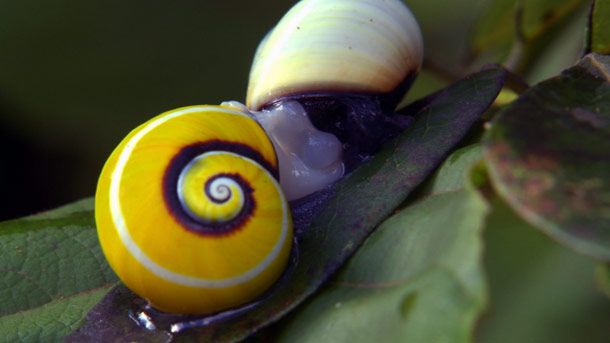
Painted Snail Description
Shells of Polymita picta can span a length of about 20 millimetres (0.79 in). These large shells are polished and very brightly coloured.
They usually show a bright yellow colour with a white stripe. Still, the species is well recognised for its colourful shell polymorphism, with numerous colour variations.
These shells are hunted by poachers and used to create jewellery and trinkets. As a consequence, the species has grown endangered. It has been a protected species since 1943 by Cuban law, which bans the export except for scientific purposes.
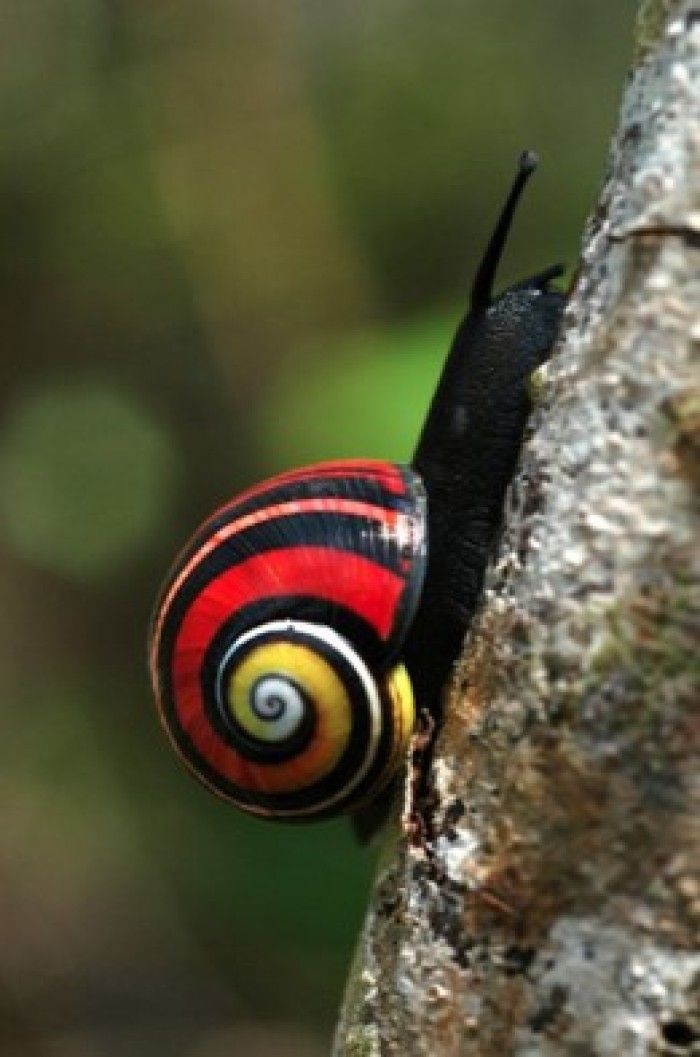
Cuban Land Snails Biology & Diet
Polymita picta mostly feeds on lichen, moss and fungal biofilms on bark and leaves. The life cycle continues for about 15 months, with breeding time throughout the wet season (September- October). The snails grow dormant in the dry season (December- the beginning of May).
Like virtually all air-breathing land snails, Polymita picta has female and male reproductive organs (hermaphroditic). It is not able to self-fertilise. Like other gastropods in the superfamily Helicoidea, this variety uses love darts for mating behaviour. Throughout the courtship, these snails spear the partner with a calcareous dart.
Marvel At These Beautiful Snails
Their shells come in various colours: pastel yellow and pink, pearly white and ochre, and brick red and black.
Despite hue, the markings of the six varieties of Cuban painted snails, as they’re known, emphasise their grape-size shells’ whorled shape, which swirls in upon themselves.
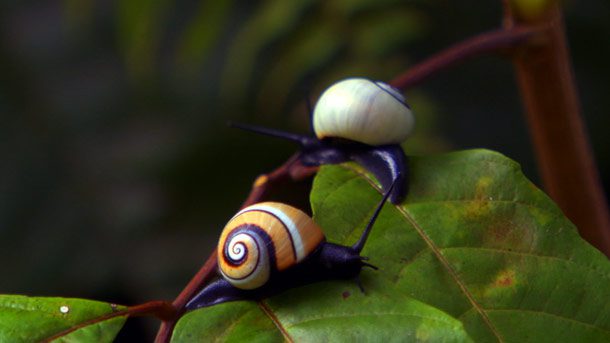
You can get lost staring at these marvels of nature as if you’re gazing down a whimsically coloured staircase that spirals on endlessly.
Cuba is the residence of the world’s most incredible diversity of snails. Still, no others have shells with various colours and intricate patterns. In the genus Polymita, hobbyists have long sought painted snails, who sell the shells to travellers or trade them abroad to the United States and Europe.
This market is one cause why Cuba lists all six species as critically endangered and has continued illegally for more than a decade to catch these snails from their native habitat.
The Convention on International Trade in Endangered Species of Wild Fauna and Flora (CITES), which controls global commerce in wildlife, has forbidden their trade and export since 2017.
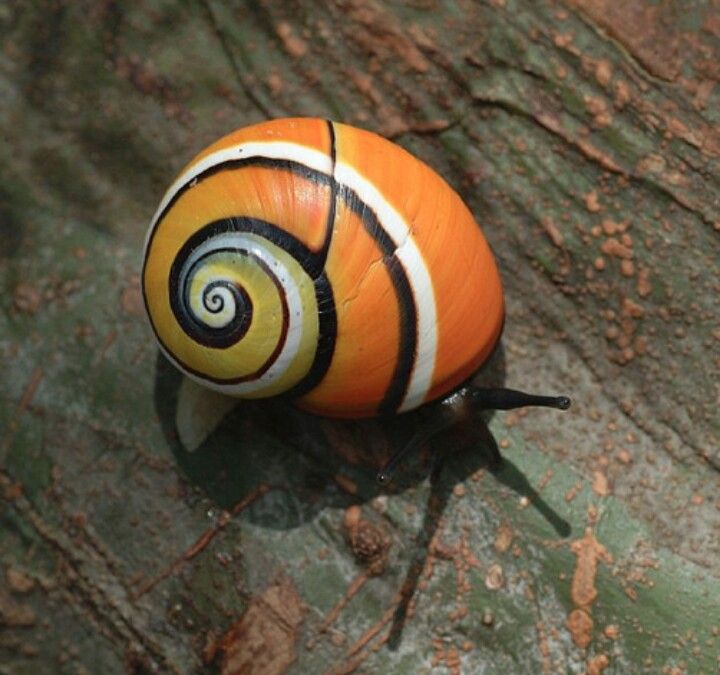
For their striking aspect, these snails are considered the most beautiful on the planet
says photographer Bruno D’Amicis.
The Cuban land snails attraction drew him from his hometown in Italy to Cuba in 2019 to create portraits of the snails and profile the tiny band of researchers and conservationists working on learning about and protecting them.
By presenting the snails in all their glory, D’Amicis aspires to spread awareness regarding the perils they face—not only illegal collecting & trading but also land clearance, non-native and introduced invasive predators, climate change, and spur efforts to ensure their future.
The painted snails reside in a thin belt of vegetation on Cuba’s eastern coastline. Though scientists and zoologists don’t know how many painted snails there are, they’ve studied that they occupy small sections because they depend on micro-habitats with only the plants’ right makeup.

Polymita sulphurosa, one of the most strikingly coloured of the six, is observed only in a few square kilometres near wildlife-rich Alejandro de Humboldt National Park.
Mostly, the snails dwell in trees and shrubs, feeding on lichens and mosses, origins of the minerals that give their shells stunning colours.
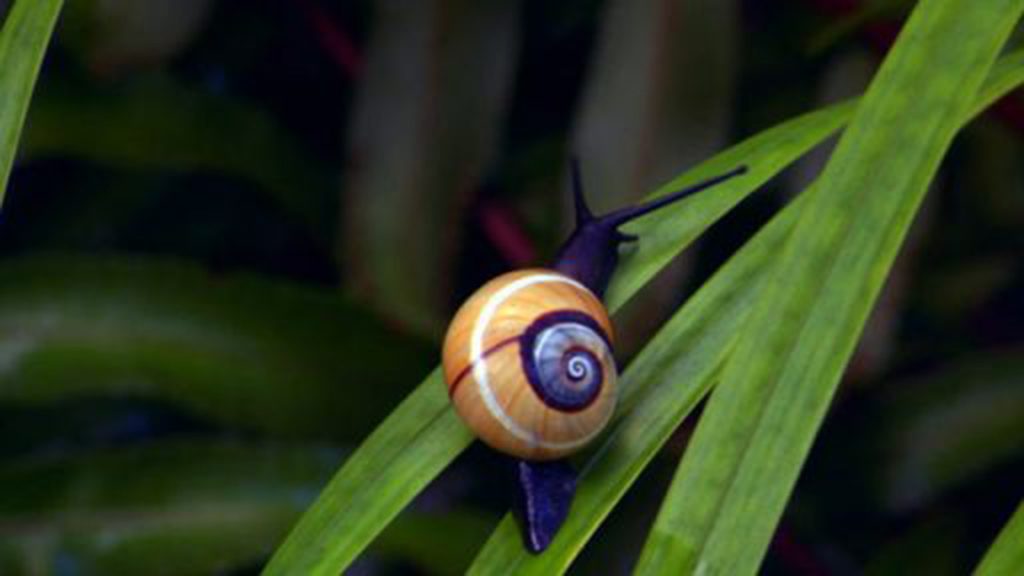
Whether or not the colourations guard them against predators or provide some other advantage continues to be unknown, says Bernardo Reyes-Tur, a conservation biologist and snail specialist at the University of Oriente in Santiago de Cuba.
The snails are ecologically valuable food sources for native and rare species, such as the critically threatened Cuban kite. Reyes-Tur says that eating mosses and bark fungi, also helps keep trees healthy, including coffee farms.
One variety, Polymita venusta, is so sedentary, Reyes-Tur says, that “some individuals stay in the same spot for six months.”
The snails’ slow-moving ways and particular habitat needs expose them to disruption.
Reyes-Tur says that coffee growers’ clearing of land and different types of agriculture has dramatically reduced their ranges. They’re also preyed on by indigenous species, such as sparrow hawks and invasive animals, including rodents.
Warmer temperatures and more severe droughts linked with climate change pose an extra threat, possibly making the environment inhospitable for the vegetation the snails need to live off.
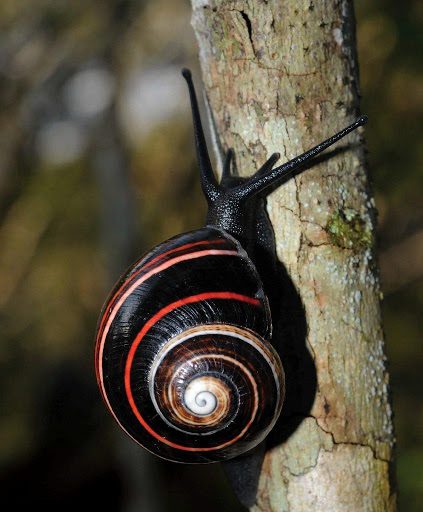
A 2017 study in the publication Tentacle implies that climate shift alone could virtually eliminate habitat essential for two species by 2050.
These beautiful striped snails’ attraction is unique, and colour differences occur between species and individuals of a single species.
Some specialists suggest that the variations might confuse predators, stopping them from homing in on these snails as a predictable meal, but the mystery is far from resolved.
Over a century ago, Charles Darwin and Alfred Russel Wallace argued about the purpose of zebras’ stripes
states Mark Siddall, a keeper in the Division of Invertebrate Zoology.
We still don’t know the answer, save that it’s definitely not about camouflage—that was proven just this year. Obviously, we’re far away from understanding the stripes on land snails.
Are Cuban-painted snails endangered?
Yes, Cuban painted snails are endangered due to habitat loss and illegal trade to shell collectors and tourists. The win in the international competition “Mollusk of the Year 2022” has drawn attention to their plight and has given further impetus to conservation efforts to protect this iconic species from extinction.







































